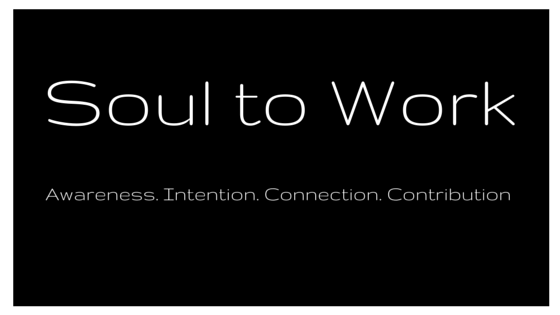Sometimes leaders get in the way, and when they do, damaging things can happen.
- They bottleneck decisions - people get frustrated
- They block communication - people turn cynical
- They put process before progress - people quit stretching
- They issue orders - people start resisting
- They punish mistakes - people avoid creativity
- They approve everything - people relinquish responsibility
And so on.
When leaders get out-of-the-way, beautiful things can happen.
Think about some of the leaders you’ve admired. Were they in the way? Did people have to go through or around them to get things done? Did they try to control people or outcomes or did they connect with talented people, provide a mission worth achieving, intervene selectively, and move out-of-the-way?
5 Reasons to Move Out-of-the-Way
- When you move out-of-the-way, you inspire new leaders. By giving other people room to step up you provide the opportunity for new leaders to rise to the occasion. If you are in the way, potential leaders become frustrated and leave or withhold their potential.
- When you move out-of-the-way, you make space for innovation. The best leaders provide a clear vision that inspires and challenges and then allow people to be creative in how to reach the goal. When the leader has all the answers, people stop asking questions.
- When you move out-of-the-way, you improve your line of sight. When you step aside and let others take on the challenge, you allow yourself to move around and see the opportunity from different points of view. This enables you to selectively coach, intervene and realign without blocking progress.
- When you move out-of-the-way, you create a climate of trust. As you extend trust and act in alignment with your stated values the team not only develops trust in your leadership but also trust in themselves and each other. You are the beacon for trust. People look to you as the example for their actions.
- When you move out-of-the-way, you expand your influence. By enabling people to drive the vision forward you multiply the capacity for progress and your efforts have a greater impact. You haven’t stopped leading; you just stop trying to pull all the strings. You’re leading people, not puppets.
Here’s the challenge.
Ask your team if you are in the way, where you are in the way and when you are in the way.
Seek the truth, listen carefully, and take steps to remove the orange cones, flatten the speed bumps, take down the barricades and get out-of-the-way.
You might find yourself wishing you had done it sooner.


